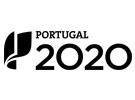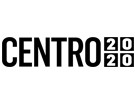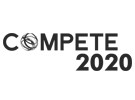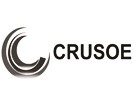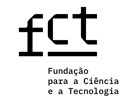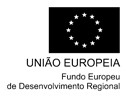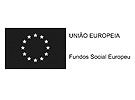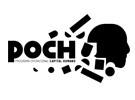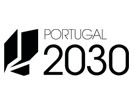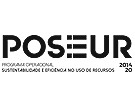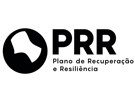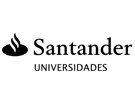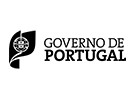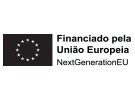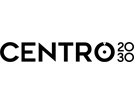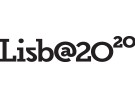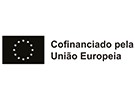



Publication in the Diário da República: Despacho nº 14433/2024 - 05/12/2024
5 ECTS; 1º Ano, 1º Semestre, 15,0 T + 15,0 PL + 30,0 TP + 3,50 OT , Cód. 912304.
Lecturer
- Luís Carlos Duarte dos Reis (1)(2)
(1) Docente Responsável
(2) Docente que lecciona
Prerequisites
Not applicable.
Objectives
Understand different types of motion in one and two dimensions, identifying the forces that cause them, and apply this knowledge to solve problems involving objects subject to gravity, string tension, and contact forces.
Comprehend the concepts of work and energy, and use these principles to analyze and solve problems involving the conversion between different forms of energy in mechanical systems.
Analyze the motion of objects along circular trajectories, including orbits, under the influence of gravitational fields.
Understand periodic motion and oscillations, including forced oscillations, and develop the ability to apply these concepts in solving practical problems.
Understand and analyze wave superposition and interference phenomena, recognizing patterns and effects resulting from the interaction of multiple waves.
Program
1. Introduction to Classical Mechanics
1.1 The History of Newton
1.2 Space-Time
1.3 Limits of Measurement
1.4 Measurement Errors
2.Waves: Transmission of Information
2.1 Introduction
2.2 The Wave Equation
2.3 General Characteristics of Waves
3. From Space-Time Symmetries to Mechanics
3.1 Symmetries and Invariances
3.2 Hamiltons Variational Principle and Mechanics
3.3 The Return of Newton
3.4 Degrees of Freedom and Generalized Coordinates
3.5 Mechanical Energy
3.6 Linear Momentum
3.7 Angular Momentum
3.8 Conservation Laws
3.9 System Stability. Oscillatory Motion
4.Galilean Relativity
4.1 Accelerated Frames and Inertial Frames
5. Particles and Fields. Electromagnetic Field
5.1 The Fundamental Interactions of Nature
5.2 The Concept of a Field. The Electrostatic Field
5.3 Electric Current
5.4 The Electromagnetic Field
5.5 Electromagnetic Induction
5.6 Electric Circuits
5.7 Laws of the Electromagnetic Field
5.8 Electromagnetic Waves
5.9 Electric Fields in the Presence of Matter
5.10 Magnetic Fields in the Presence of Matter
5.11 Maxwells Equations
Evaluation Methodology
The assessment of the course includes two modalities.
1. Continuous Assessment
Attendance and participation in the continuous/interim assessment period (10).
Completion of a project and its presentation and discussion in class on a topic related to the course content (10).
The student must obtain a grade of 7 or higher in each component to pass the course. If the student chooses continuous assessment and does not achieve passing grades through attendance and participation, they may only take the exam during the regular examination period or the resit examination.
2. Examination Assessment
The student will take a final exam, including a theoretical component and a theoretical-practical component (20).
The student must obtain a grade of 7 or higher in each component to pass the course.
A minimum overall grade of 9.5 is required for course approval.
Bibliography
- Reis, L. (2025). Apontamentos de Mecânica e Ondas. Abrantes: Autor
- Serway, R. e Jewett , J. (2004). Physics for Scientists and Engineers. ISBN: ISBN: 0-53-440842-7
(2012). Física. (Vol. I). (pp. 1-936). Lisboa: Escolar Editora
(2014). Introdução à Fisica. (Vol. I). (pp. 1-655). Lisboa: Escolar Editora
Teaching Method
The learning of theoretical, theoretical-practical, and laboratory methods and procedures provides knowledge of the course contents and develops skills in mechanics and waves, enabling students to analyze problems effectively.
Software used in class
Interactive Physics.
Phyphox.
Microsoft Teams.
PowerPoint.
Word.
Excel.
PDF.
